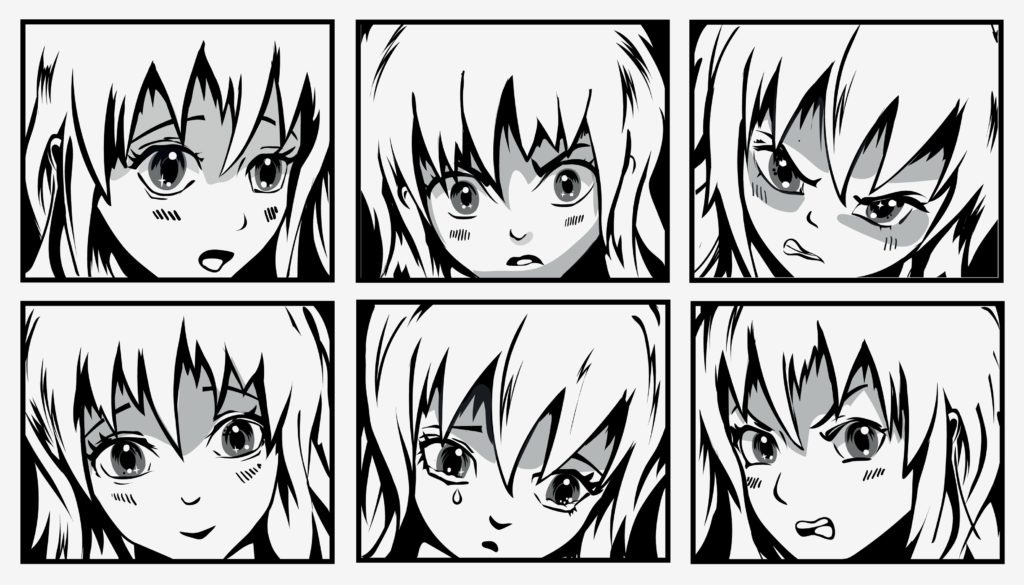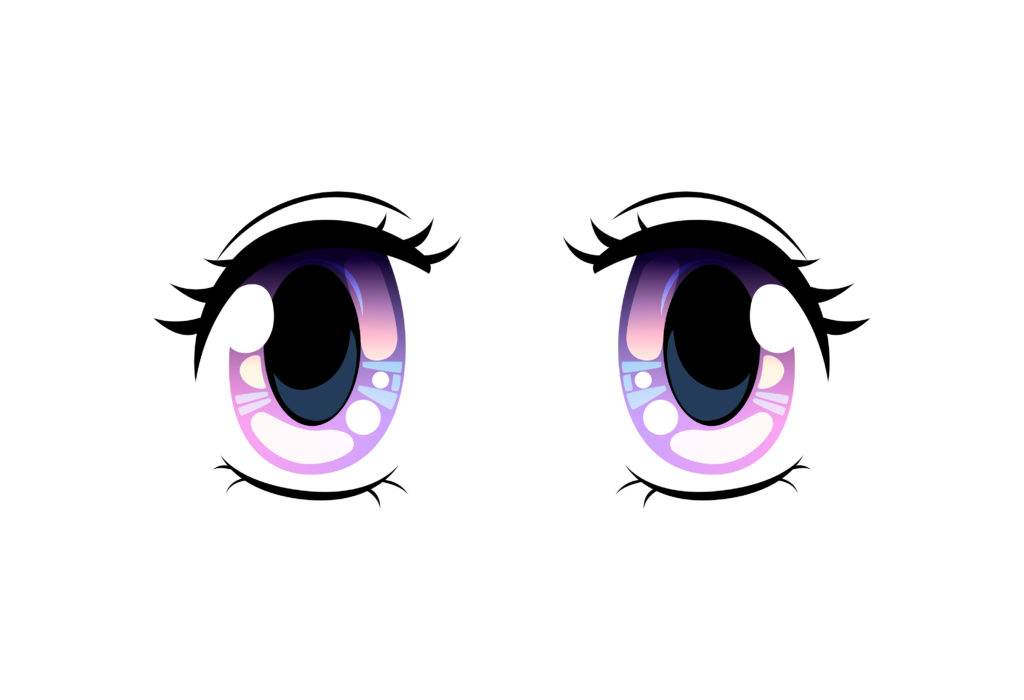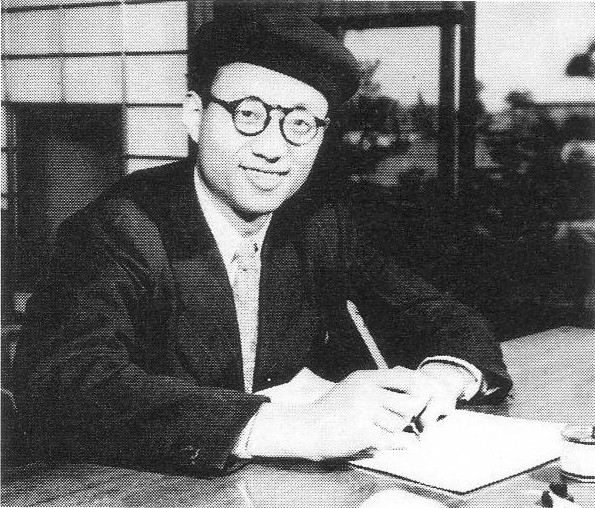
Interesting Facts About Manga
Japan is famous for pop culture. Adults and children all around the globe have become fascinated with the subtle, bizarre aesthetics of Japanese entertainment and fashion. Animé, manga video games, costumes, and more are Japanese influence and contribute to the world’s latest trends. Animé and manga have always brought fascination, uniqueness and fun to Japanese culture.
Manga is short story in Japanese, but for the rest of the world, it is considered to be one of the most popular genres of graphic novels. Manga is an integral part of the Japanese publishing industry. The stories printed in them have been adapted into anime, novels, films and video games not just in Japan but all over the world.
Check out some interesting facts about manga!
The characteristic manga eyes.
Osamu Tezuka, the creator of Astroboy and considered to be “father of manga” and is the Japanese equivalent to Walt Disney, was fascinated about Walt Disney animation. Bambi is said to be one of his favorites and even saying he has seen it so many times. His obsession to the 1930’s to 1940’s Disney film style led to the characteristic huge, expressive eyes trademark. Tezuka’s work is considered to be the foundation of contemporary manga leading to the defining feature of manga characters.
Eshinbun Nipponchi was the very first manga published in 1874.
The very first manga magazine Eshinbun Nipponchi, was published in 1874 by Kanagaki Robun and Kawanabe Kyosai. It was likely influenced by the pioneering Japanese magazine The Japan Punch, which was published between 1862 and spring 1887 by Charles Wirgman. Eshinbun Nipponchi did not have initial success and was discontinued after only three issues. This was followed by Kisho Shimbun in 1875, Marumaru Chinbun in 1877, and Garakuta Chinpo in 1879.
Manga is read from right to left.
Japanese is read from right to left, so naturally, manga printed in Japan would be read the same way. Western languages are read from left to right so manga comics published outside Japan have the pages and strips inverted to make them suitable for Western readers. This affects the quality of manga art by distorting the page layouts which were originally designed the other way around. With the popularity of manga, more publishers have been keeping the original direction to keep the author’s designs intact.

